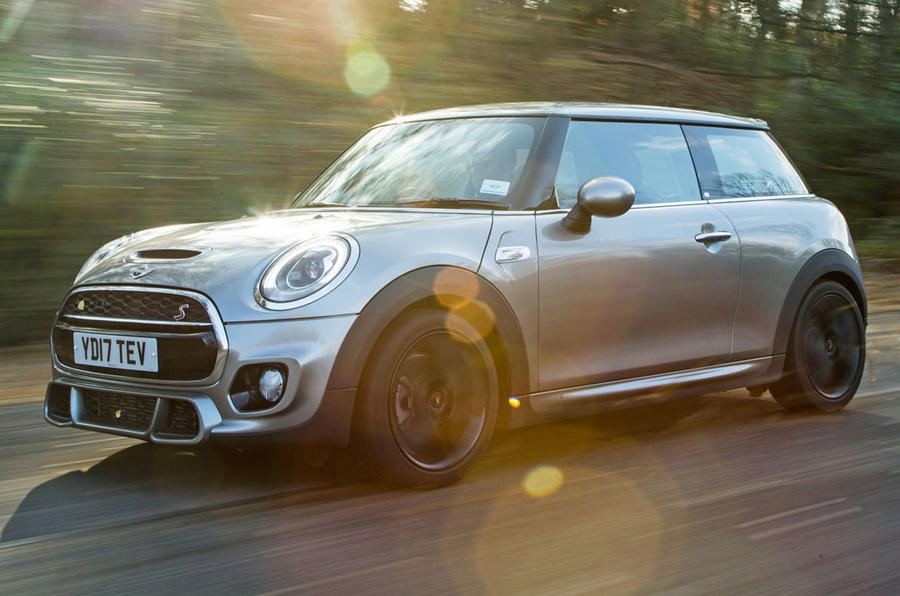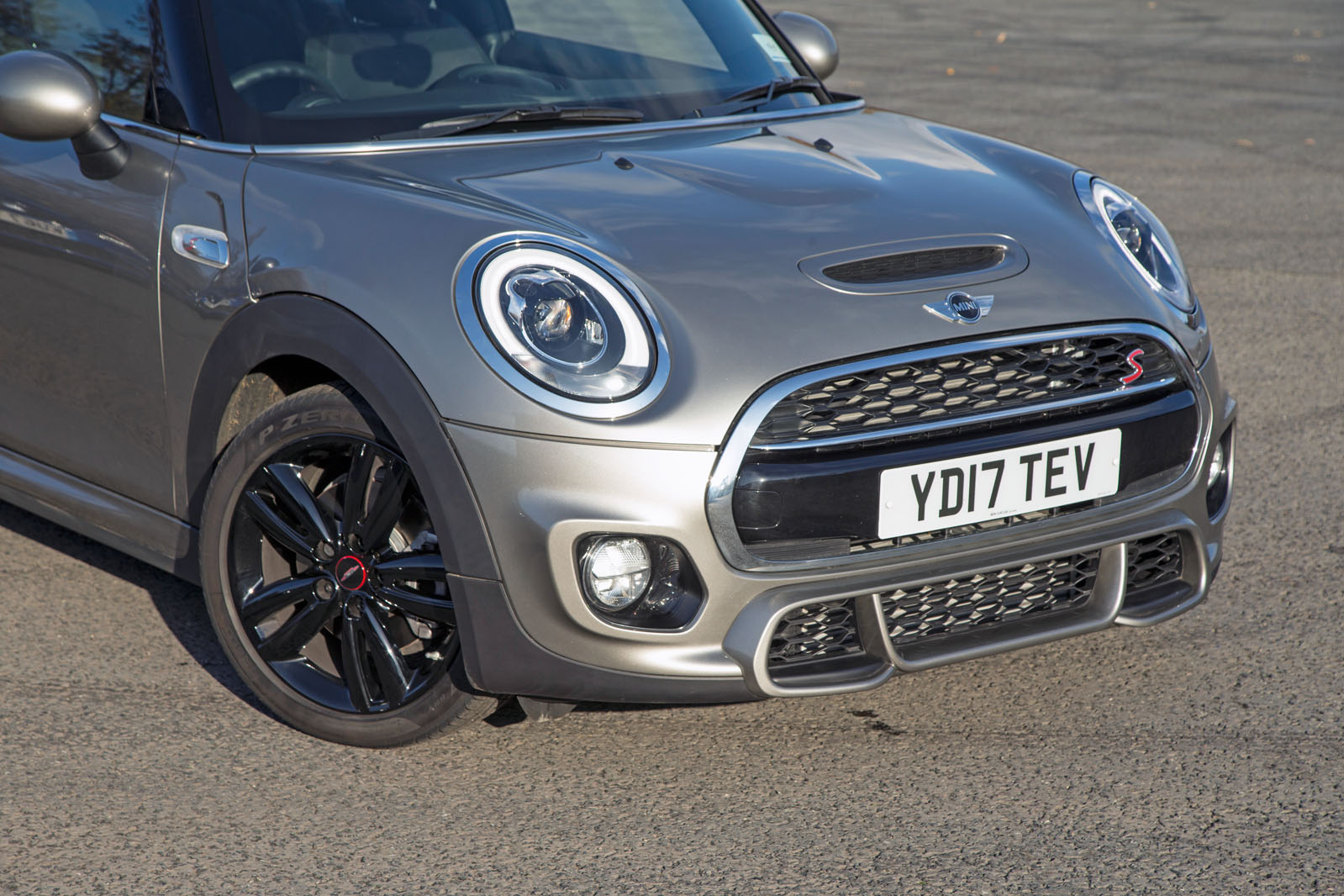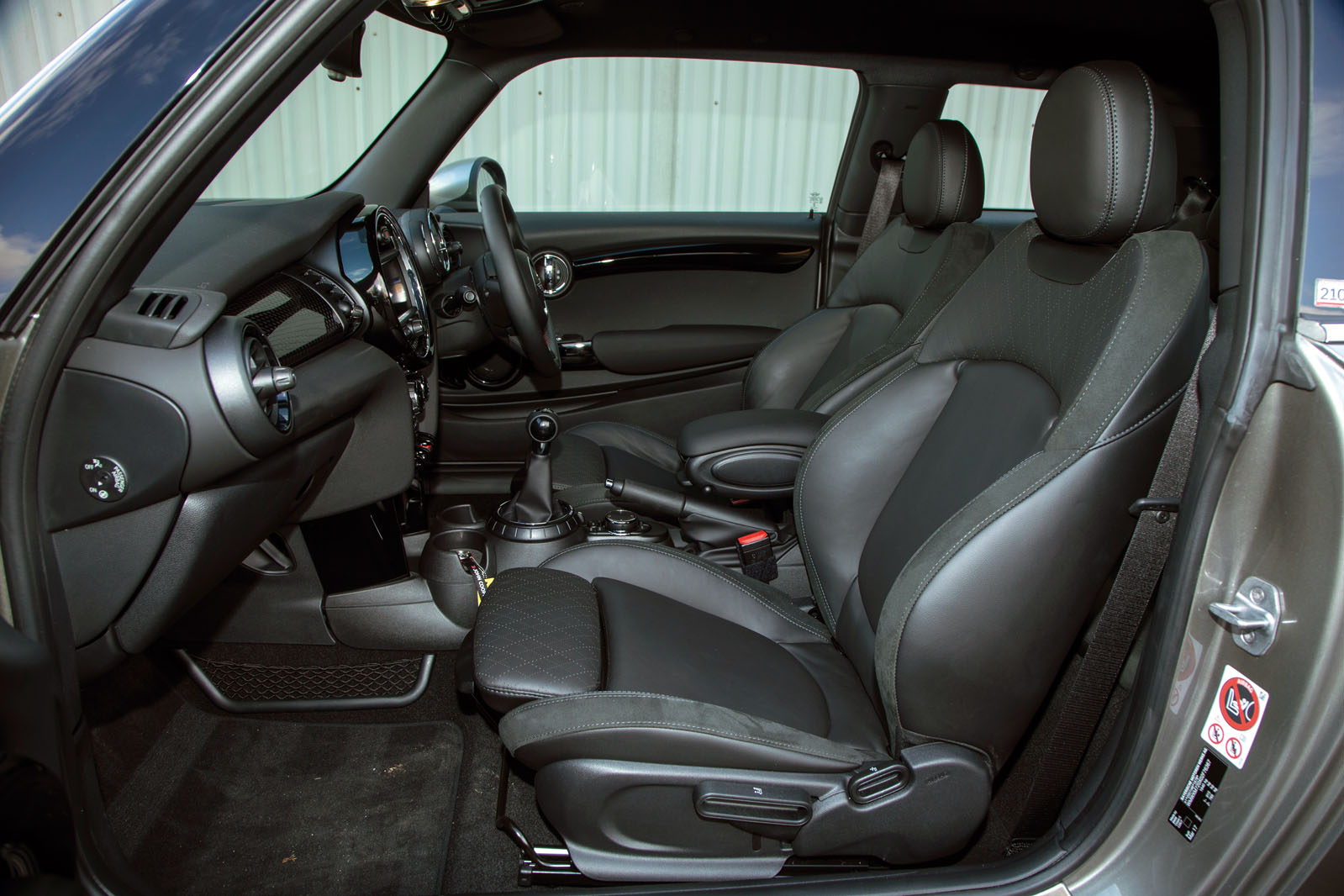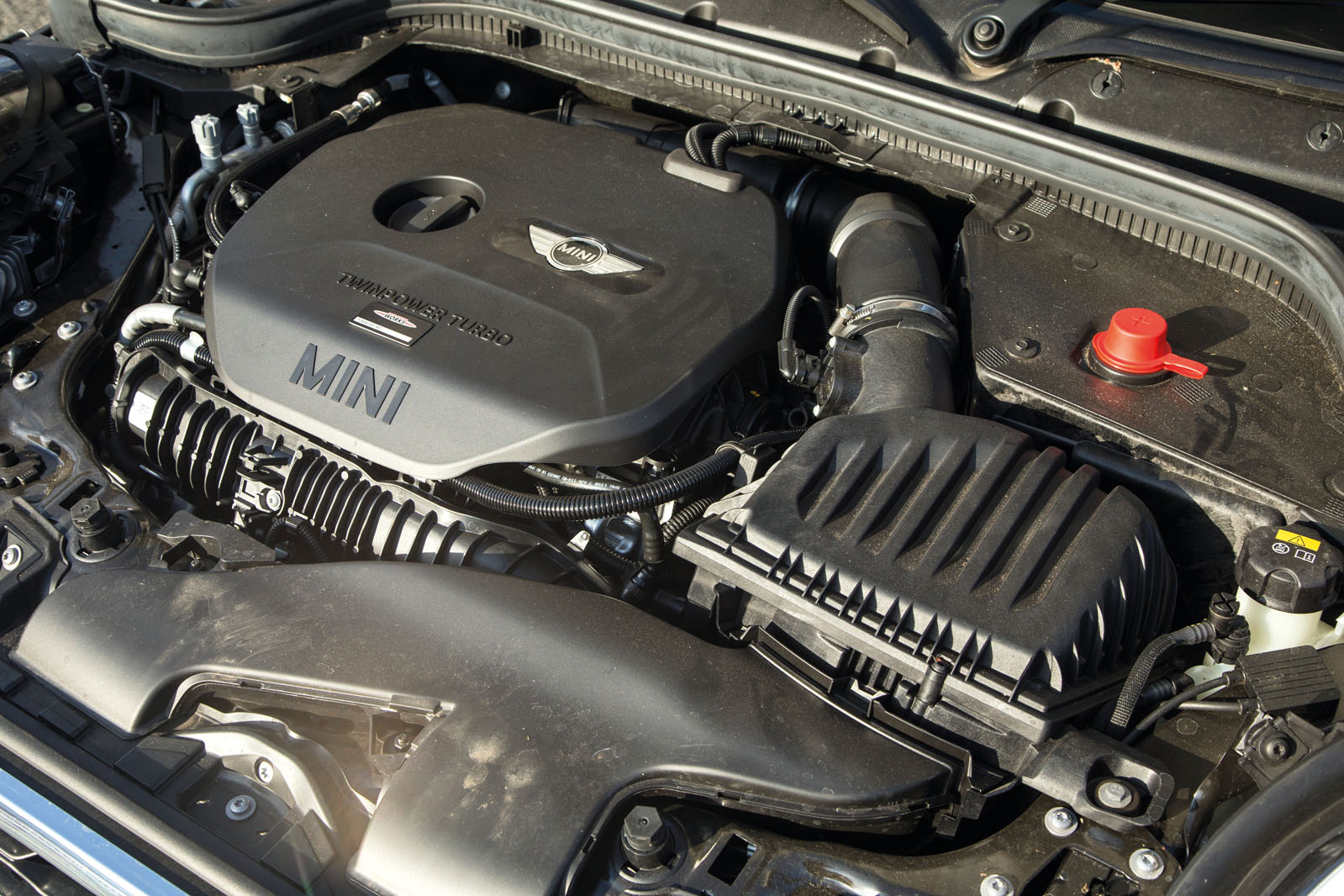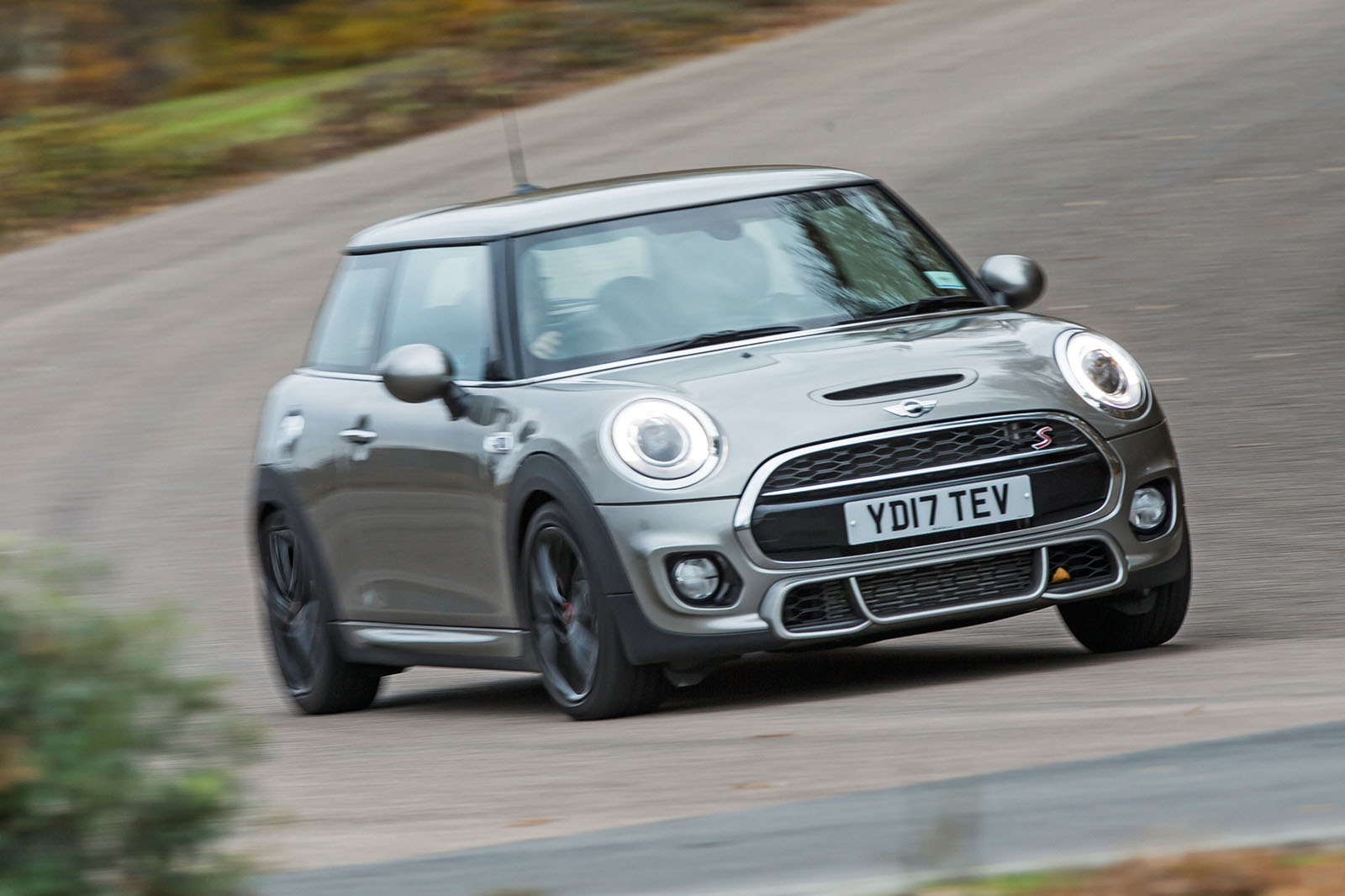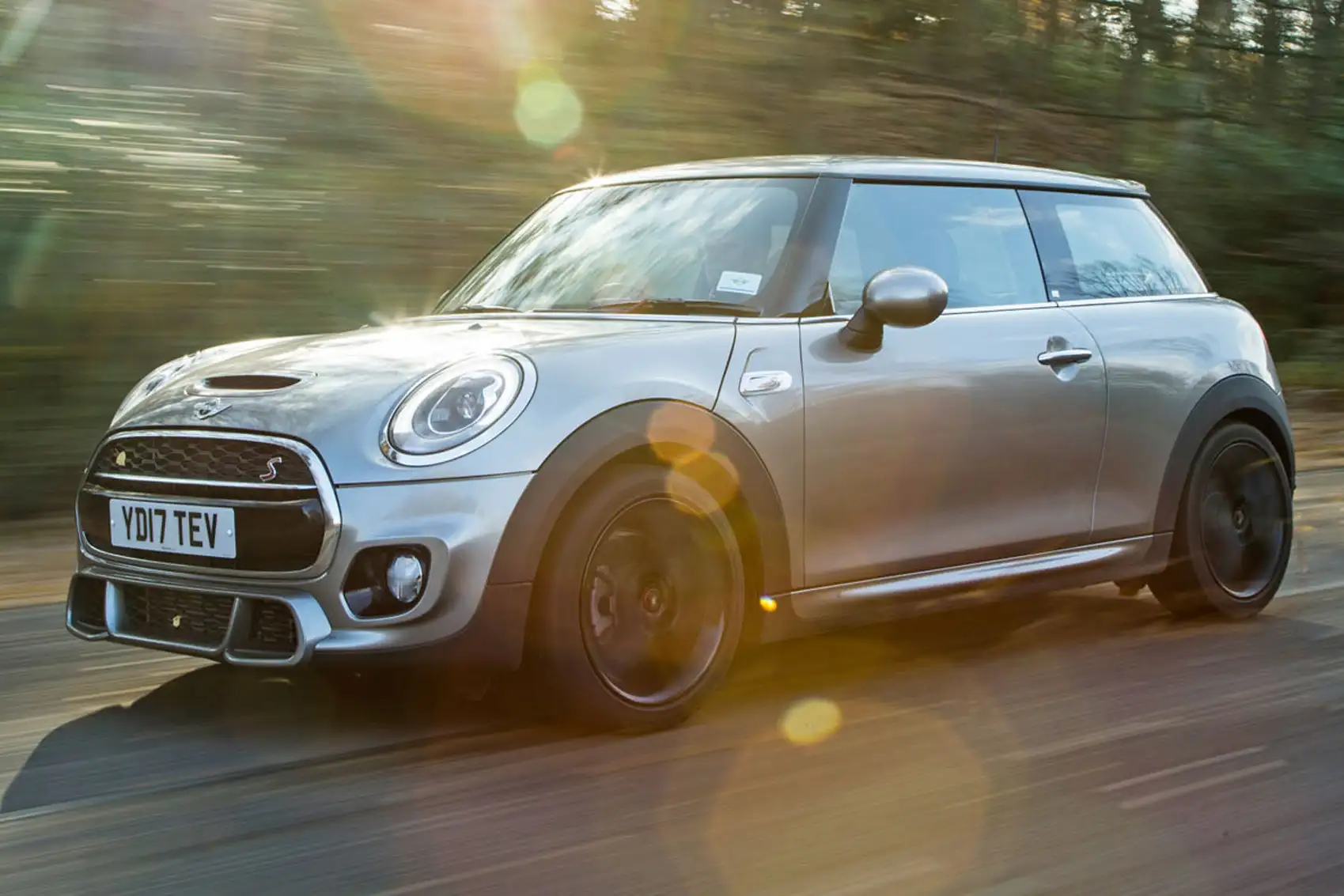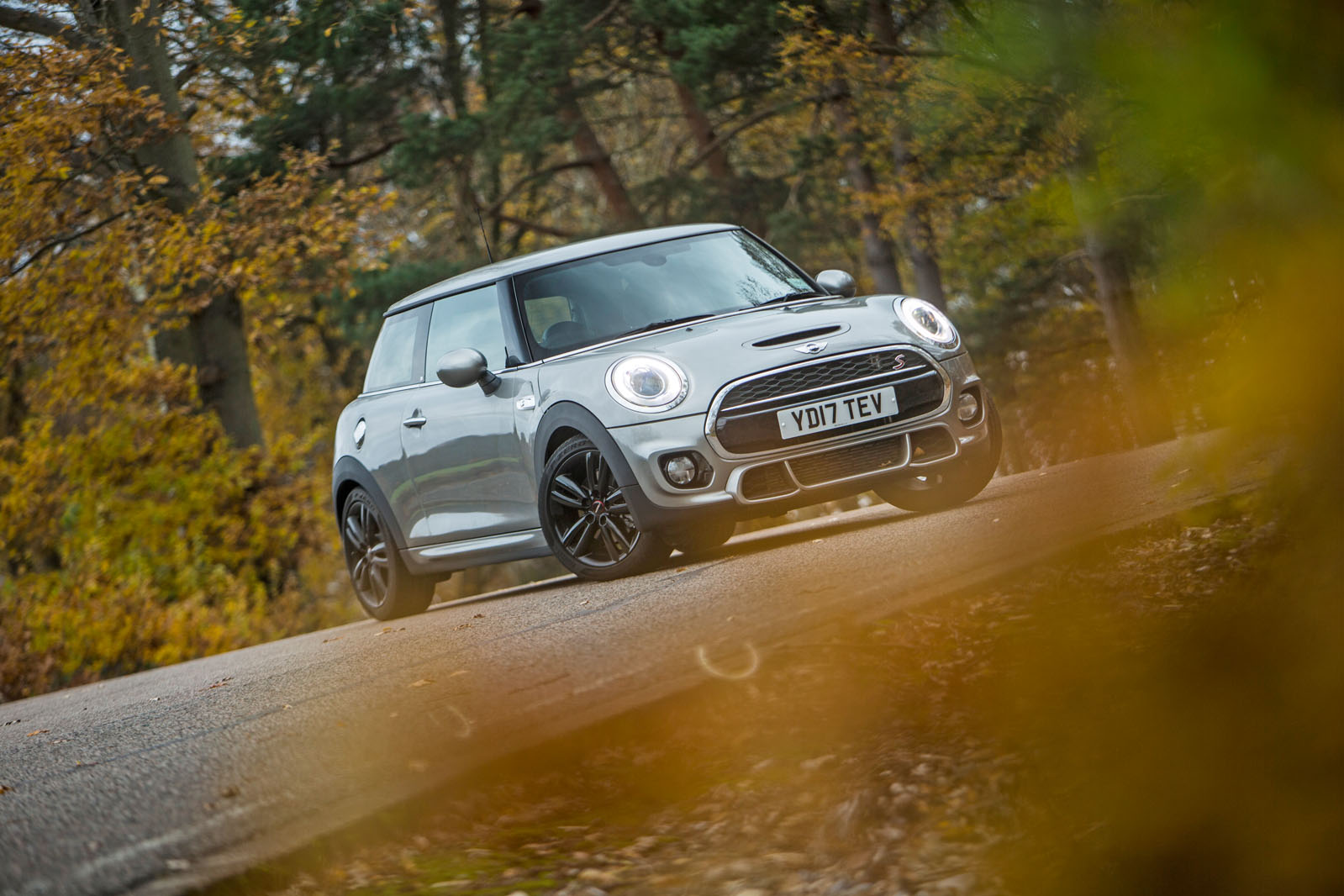Now that the model range is once again fully filled out with Mini Clubman pseudo-estate, Mini Countryman crossover, Mini Convertible and five-door models, there is a Mini for many a differing owner and daily usage requirement; and yet none appealed more to our testing panel than the most authentic compact three-door hatchback.
But although this F56-generation car is a notably more accommodating than its direct forebear, it’s a far cry from being practical by wider supermini-class standards, with rear seats that are usable for small adults and children only, and probably only occasionally at that (and only if you’re prepared to sacrifice some front-row leg room), and a smaller-than-average boot.
So the three-door Mini remains that bit less usable than most superminis.
Even so, there’s generous space for occupants in the front. You sit lower and more recumbent than you might be in most small hatchbacks, with your legs fully outstretched if you want. Uniquely in the class, the Mini will even allow a 6ft 3in driver enough space to adopt a straight-legged position with good support under your thighs, while leaving your knees and shins well clear of the surrounding door and centre console mouldings – with a good 3in of head room to spare, too.
There are no changes to report to the Cooper S’s interior elsewhere. You find a familiar list of features to like as a result: cabin mouldings, fittings and trim materials that almost all confirm to a high standard on perceived quality; a good-sized, good-looking and feature-rich (optional) widescreen infotainment set-up; and plenty of useful cabin storage.
The annoyances are familiar, too: an unnecessarily small set of instruments (with a rev counter that’s particularly small and hard to read); and a centre armrest that’s in the way of the manual handbrake when it’s down and in the way of your gearshifting elbow when it’s up.
Apart from those few bugbears, though, this is a fine cabin for a hot supermini. It puts you in an uncommonly good driving position and it’s relatively rich and pleasant to spend time in, with many racier trim garnishes than our test car had all available on Mini’s options list for those who want them.
It may be surprising to find a £22,000 supermini on sale in 2017 that comes without a colour infotainment system or a factory navigation system as standard, but that’s the bubble in which Mini exists.
It’s one where customers are not only expected to stump up for them but also probably used to the idea. You get a DAB radio as standard, but if you want even the smaller-screened Mini Navigation system, you have to pay £595 for it.
Our test car had Mini’s 8.8in widescreen Navigation XL system, which is one of the best infotainment set-ups available in any supermini.
As part of the Media Pack, you get Connected XL, through which you can access a wide range of smartphone-enabled app-based connected services such as Spotify music streaming. For now, Apple CarPlay smartphone mirroring is available on only the Countryman and Clubman.


